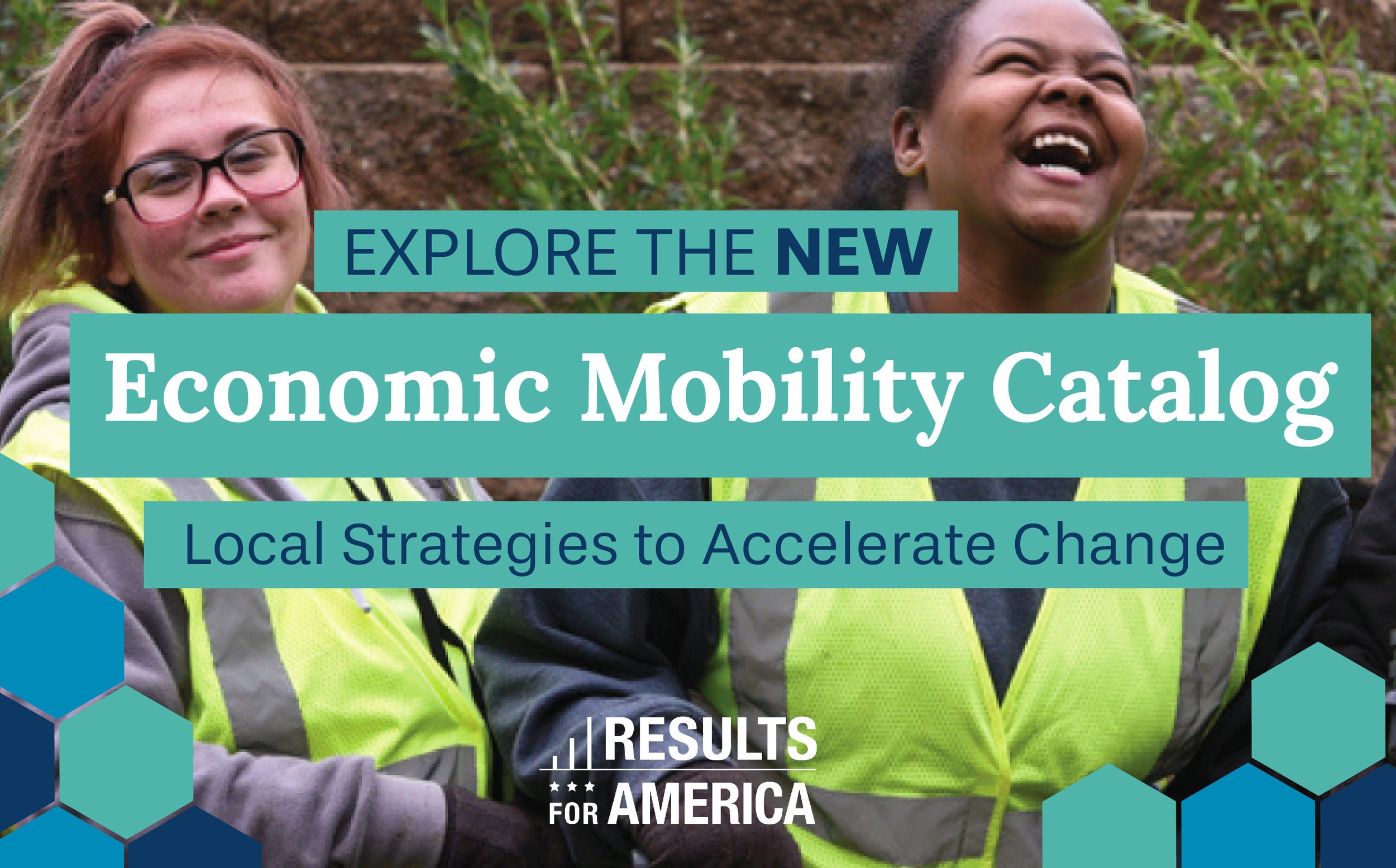Economic Mobility: The Gift That Keeps on Giving
Written by Cuevas Peacock
The promise of upward economic mobility encapsulates the American Dream, offering increased prosperity for future generations. However, realizing this dream requires inclusive policies and a deliberate shift by economic development practitioners to emphasize strategies that support upward mobility. So, what is upward economic mobility and how is it relevant to economic development?
The U.S. Partnership on Mobility from Poverty defines upward economic mobility as having three key dimensions: economic success, power and autonomy, and being valued in your community.
Traditional economic development is characterized by a prioritization of business interest to entice job attraction through tax incentives, low regulation, wages and worker protection. Additionally, its charge is to improve the economic well-being and quality of life for communities. Most would agree that while the practice, in many cases, is successful in business and job attraction, it falls woefully short in improving the well-being and quality of life for communities of color.
According to the Economic Policy Institute, “This economic model has garnered vast amounts of riches for the wealthiest and most powerful people across the region but is leaving most Southerners with low wages, underfunded public services, a weak safety net in times of economic downturns, deep racial divisions, and high rates of poverty.” As a resident of Dallas, often touted as a beacon for economic growth, it is a phenomenon I see firsthand. According to the Urban Edge "Southern Dallas, an area larger than the city of Atlanta, with a combined Black and Hispanic population exceeding the entire population of Washington, D.C., increasingly inhabits a world apart from the economic dynamism to the north and west. This stark geographic bifurcation remains the greatest challenge facing an otherwise dynamic region.”
Photo of Southern Dallas.
While economic development traditionally centers on attracting businesses and creating jobs, upward mobility takes a deeper approach, going beyond economic success to include how one feels valued in their community and their overall sense of autonomy and power.
Although economic development and upward mobility strategies may differ, they are not mutually exclusive. There is a robust correlation between upward economic mobility and economic growth, with communities exhibiting higher mobility also experiencing increased economic output. Supporting this, the International Monetary Fund found that “when an additional 1 percent of income goes to the top 20 percent of income earners, GDP falls. But when the same gains are made by the bottom 20 percent, GDP rises.” Persistent gaps in economic outcomes and opportunities by race, gender, and income are detrimental to the overall economic health and the resilience of a community. Reeve’s The Economic Case for Social Mobility outlines this perspective through the following points: "First, the presence of a semi-permanent welfare class is a drain on public resources. Second, the lack of opportunities for upward movement could hurt the supply of labor. Third, low rates of upward mobility from the bottom of the scale imply a loss of human capital.” These perspectives emphasize that stagnation in upward mobility contributes to disparities in job and wage growth, hindering the full potential of economic development initiatives. Inequality strains economic growth.
“Inequality strains economic growth.”
To facilitate the shift towards prioritizing upward mobility in economic development, practitioners can leverage the strategies outlined in the Results for America Economic Mobility Catalog . The Catalog, is funded by the Bill & Melinda Gates Foundation and serves as a comprehensive resource, offering evidence-based strategies and over 200 specific programs across seven different areas: Early Childhood, K-12 Education, Post-Secondary Education and Workforce Development, Health and Well-Being, Justice and Public Safety, Housing and Community Development, and Financial Security.
As highlighted in PolicyLink's An Overview of Americas Working Poor, "Strategies that promote job quality, ensure fair wages, and prioritize workforce development can contribute to upward mobility and reduce income inequality". Catalog strategies that address education and workforce such as Early Childhood Workforce, Post-Secondary Student and Transitional Employment and Re-entry supports provide an essential compliment to maximize the impact of economic development activities while also providing a pathway to innovate ED offices in a way that is responsive to the needs of modern society. It is imperative to note that no strategy in traditional economic development or for upward economic mobility works without true engagement of those most affected. While such engagement will take more time, the benefits of a more impactful outcome are worth the wait and the ultimate reward. By incorporating these strategies, practitioners can directly address the multifaceted aspects of upward mobility, including poverty alleviation, worker well-being, and wealth generation, fostering a more inclusive and prosperous economic landscape.
Embracing the power of economic mobility is essential for achieving transformative economic development and generating positive outcomes for all.
It demands purposeful policies and strategic approaches that forge clear pathways for individuals to transcend their current economic circumstances and seize untapped opportunities for growth, while safeguarding their overall well-being. By placing upward economic mobility at the forefront of traditional economic development endeavors, governments and practitioners alike can pave the way for a future defined by shared prosperity, benefiting every individual, family, and community, where all can realize the promise of the American Dream!
As the holiday season fades, let us not forget that amongst the joy and cheer experienced in our communities are our neighbors who continue to face economic hardships. In 2024, let us enhance our impact as economic development practitioners and provide all in our community with the gift that keeps on giving— upward economic mobility.
Learn here to learn more about the author, Cuevas Peacock.
Throughout the month of February, NGIN’s Economic Mobility: The Gift That Keeps on Giving series will highlight items within the Results for America catalog to raise awareness of upward mobility strategies you can pursue today to advance economic outcomes in your community!



